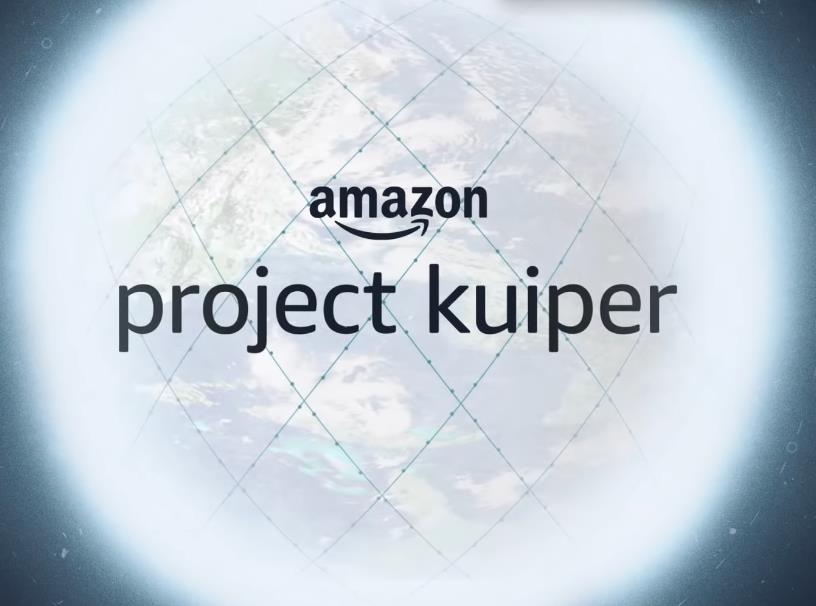Amazon has announced that its upcoming Project Kuiper, a constellation of 3,236 satellites in low Earth orbit, will use optical inter-satellite links (OISLs) or laser links to communicate with each other in space. This technology will enable faster and more reliable data transmission for the satellite internet network, which aims to provide high-speed broadband access to anywhere in the world.
Optical inter-satellite links are a way of sending data between satellites using infrared lasers. Unlike traditional radio frequency (RF) links, which require ground stations and spectrum licenses, OISLs can directly transfer data from one satellite to another without any interference or delay. OISLs also have higher bandwidth and lower power consumption than RF links.

Amazon claims that its OISLs will be able to move data approximately 30% faster than terrestrial fiber optic cables, because light travels faster in space than it does through glass. The company also says that its OISLs will have a data rate of 100 gigabits per second (Gbps) over a distance of nearly 1,000 kilometers between the satellites.
How will OISLs benefit Project Kuiper?
Project Kuiper is Amazon’s ambitious plan to launch thousands of satellites in low Earth orbit to provide high-speed internet access to unserved and underserved communities around the world. The project is expected to cost more than $10 billion and compete with other satellite internet providers such as SpaceX’s Starlink and OneWeb.
By using OISLs, Project Kuiper will be able to operate as a mesh network in space, meaning that the satellites can route data to each other and to the ground without relying on a central hub or a fixed infrastructure. This will improve the latency, speed, and availability of the network, as well as reduce the cost and complexity of the ground segment.
OISLs will also enable Project Kuiper to provide seamless coverage across the globe, including in polar regions and over oceans, where ground stations are scarce or nonexistent. Additionally, OISLs will allow Project Kuiper to interoperate with other satellite networks and terrestrial networks, creating a more integrated and resilient global communication system.
What are the challenges and opportunities of OISLs?
While OISLs offer many advantages for satellite internet, they also pose some technical and regulatory challenges. For instance, OISLs require precise alignment and tracking of the satellites, which can be affected by orbital dynamics, atmospheric conditions, and space debris. OISLs also need to avoid collisions and interference with other satellites and spacecraft, as well as comply with the rules and standards of the International Telecommunication Union (ITU) and other relevant authorities.
On the other hand, OISLs also present some opportunities for innovation and collaboration in the space industry. For example, OISLs can enable data sharing and exchange among different satellite operators and users, creating new applications and services for various sectors and domains. OISLs can also facilitate the development and deployment of new technologies and architectures for space communication, such as optical terminals, quantum cryptography, and software-defined networks.
How did Amazon test its OISLs?
Amazon tested its OISLs on its pair of prototype Kuiper satellites, which were launched in November 2023. The company says that the prototypes completed multiple successful OISL demonstrations, showing that they can maintain stable and high-speed links over long distances and under different orbital conditions. The company also says that the prototypes were able to stream 4K videos, make video calls, and shop on Amazon.com using the OISLs.
Amazon plans to include OISLs in its first production Kuiper satellites, which will start to be built in December 2023. The company expects to launch the first batch of Kuiper satellites in mid-2024, and gradually deploy the rest of the constellation over the next few years. Amazon hopes that Project Kuiper will serve millions of customers and businesses around the world, especially in rural and remote areas, with affordable and reliable broadband access.
